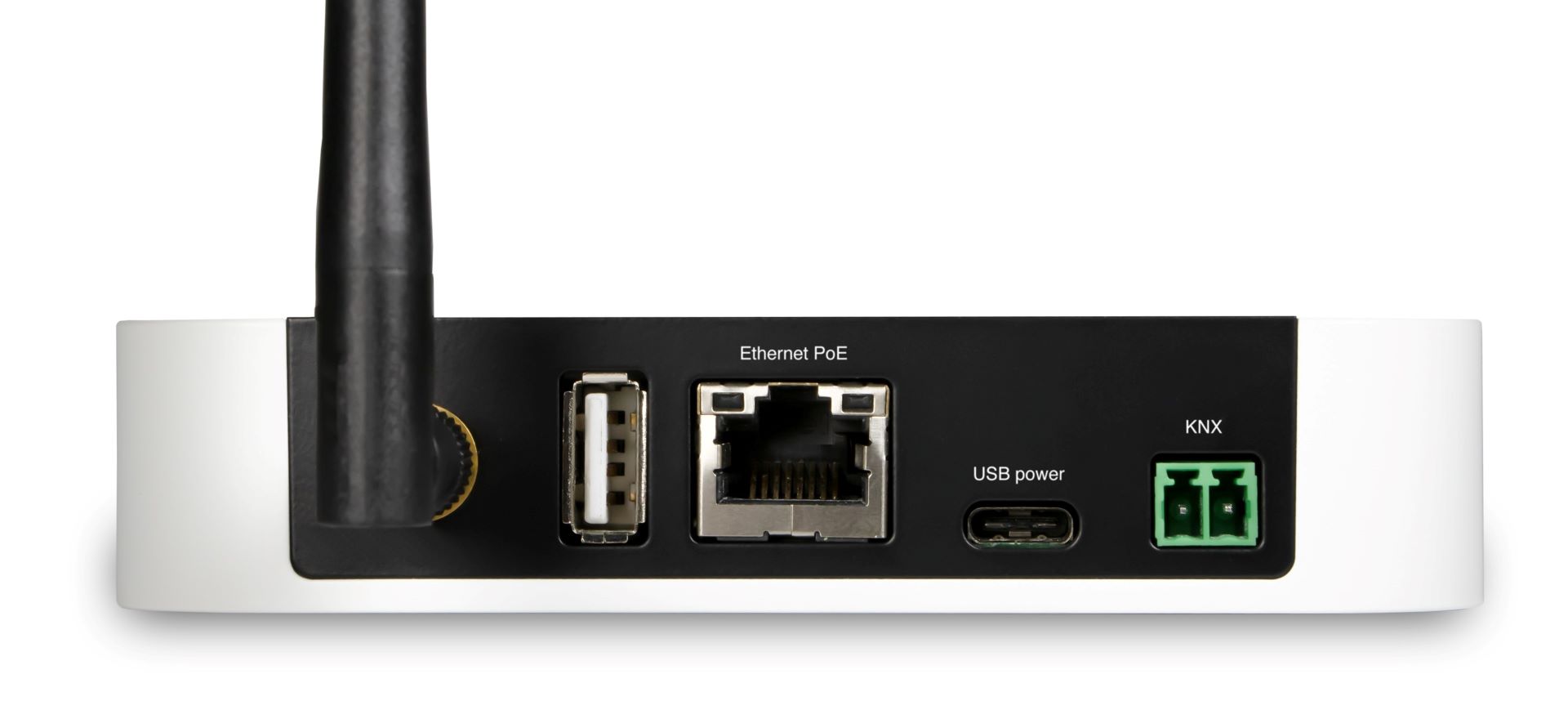
KNX is a protocol for the environmental control of buildings, including lighting, heating, blinds and much more. KNX products from many different manufacturers are guaranteed to ‘talk’ to each other using the language of KNX to perform different tasks. It is like the Internet of things – for buildings.
KNX was developed in 1990 and now more than 500 manufacturers make products that comply with the KNX standard, and around 250 million KNX products have been installed around the world since then.
So, just like we expect to get the latest technology in any new car we buy, KNX can deliver the integration of everything that is electrically supplied in a new building.
We know that KNX can simplify buildings and believe that any well designed modern building should incorporate this technology.
KNX compliant products and solutions present demonstrable differences and advantages from other systems and protocols. Below are some of the key points:
KNX has been selected as the mission-critical control system for many thousands of projects worldwide, including homes, airports, hospitals, hotels, banks, and offices. Visit www.knx.org for a wide range of reference sites.
KNX is installed in over 60% of all new commercial buildings in Europe and has been adopted as the regional standard in many countries including the USA, China and UAE.
KNX is attractively priced compared to other systems with comparative products and functions. KNX integration and programming time is efficient – reducing the costs of commissioning, and KNX modules take less space in distribution boards than most other systems – saving costs of both ‘real estate’ and hardware.
When installing any technology in your home, you need to be confident that it will work well and that it cannot be compromised by anyone wanting access to your life.
KNX has security built-in from the ground up to protect you from unwanted access through the Internet as well as local access from somebody on your property. With AES-128 encryption KNX has the highest level of security of any building technology system.